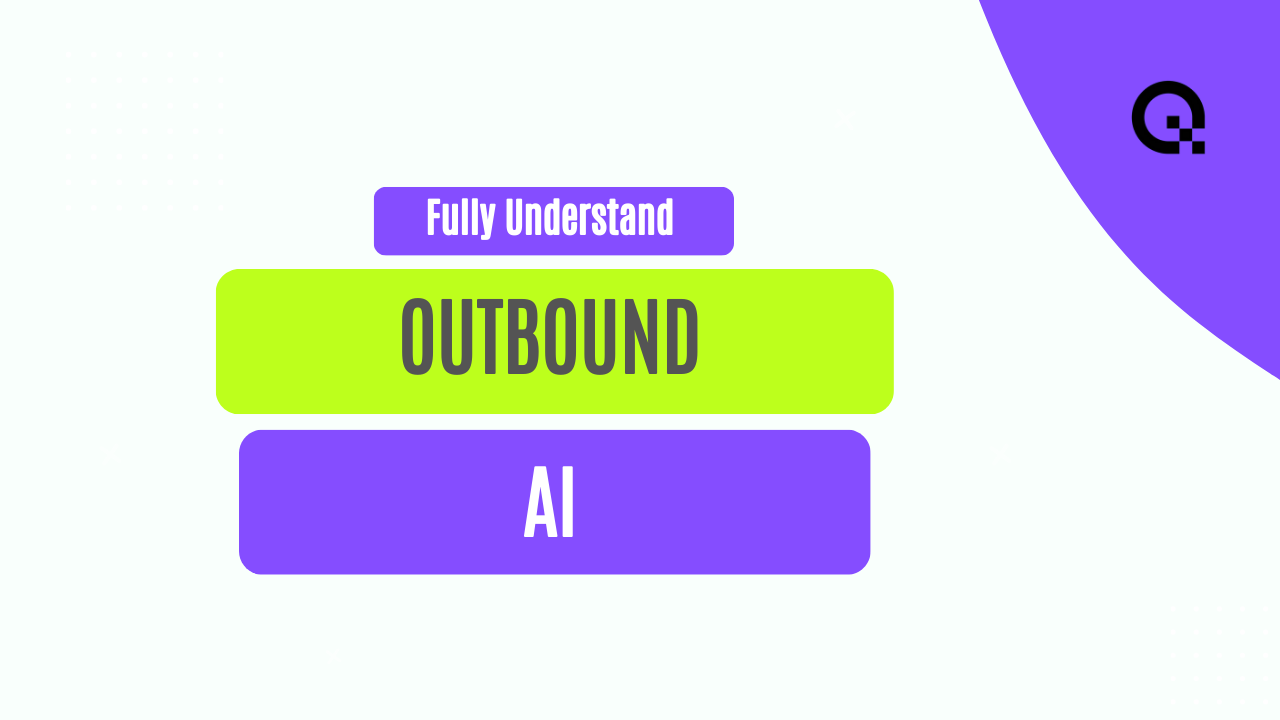The Ultimate Guide to Account-Based Marketing for Outbound Precision
Account-Based Marketing (ABM) is a strategic approach that aligns sales and marketing efforts to target specific high-value accounts. In the realm of Outbound Precision, ABM plays a crucial role in personalized outreach and relationship building with key decision-makers. This blog post will delve deep into the intricacies of ABM, its benefits, strategies, and implementation for achieving outbound precision.
Understanding Account-Based Marketing (ABM)
ABM is a B2B marketing strategy that focuses on identifying and targeting specific accounts with personalized campaigns. Unlike traditional marketing approaches that cast a wide net, ABM is about precision targeting to engage with the right contacts within a company.
For Outbound Precision, ABM allows companies to tailor their messaging and content to resonate with the unique needs and challenges of individual accounts. By understanding the pain points of target accounts, marketers can create highly relevant and personalized campaigns that drive engagement and conversions.
ABM is not a one-size-fits-all approach. It requires a deep understanding of the target accounts, their buying journey, and the key stakeholders involved. By aligning sales and marketing teams, companies can create cohesive strategies that focus on building long-term relationships with high-value accounts.
Benefits of ABM for Outbound Precision
Implementing ABM in the context of Outbound Precision offers several key benefits:
1. Enhanced Personalization: ABM allows companies to deliver highly personalized content and messaging to target accounts, increasing the likelihood of engagement and conversion.
2. Improved Targeting: By focusing on specific high-value accounts, companies can allocate resources more efficiently and prioritize accounts with the highest potential for revenue generation.
3. Better ROI: ABM has been shown to deliver higher ROI compared to traditional marketing strategies by focusing efforts on accounts most likely to convert.
Strategies for Implementing ABM
When implementing ABM for Outbound Precision, companies can follow these strategies to maximize effectiveness:
1. Identify Ideal Customer Profiles (ICPs): Define the characteristics of high-value accounts that are most likely to convert and align your targeting efforts accordingly.
2. Personalize Content and Messaging: Tailor your content and messaging to address the specific pain points and challenges of target accounts, making your outreach more relevant and compelling.
3. Engage Multiple Decision-Makers: In complex B2B sales cycles, it's essential to engage with various stakeholders within the target accounts to build consensus and drive conversions.
Implementation of ABM for Outbound Precision
Successful implementation of ABM for Outbound Precision requires a collaborative approach between sales and marketing teams:
1. Alignment of Goals: Sales and marketing teams must align their goals and strategies to ensure a unified approach towards targeting and engaging with high-value accounts.
2. Data-Driven Insights: Utilize data and analytics to gain insights into the behavior and preferences of target accounts, enabling more personalized and targeted campaigns.
3. Continuous Optimization: Regularly monitor and optimize ABM campaigns based on performance metrics and feedback to ensure ongoing success in outbound precision targeting.
Conclusion
Account-Based Marketing is a powerful strategy for achieving Outbound Precision by focusing on personalized engagement with high-value accounts. By understanding the unique needs and challenges of target accounts, companies can create tailored campaigns that drive meaningful interactions and conversions. Implementing ABM requires a strategic approach, collaboration between sales and marketing teams, and a commitment to continuous optimization for success in outbound precision targeting.



